A diverse array of luminaries have helped make the Golden State shine
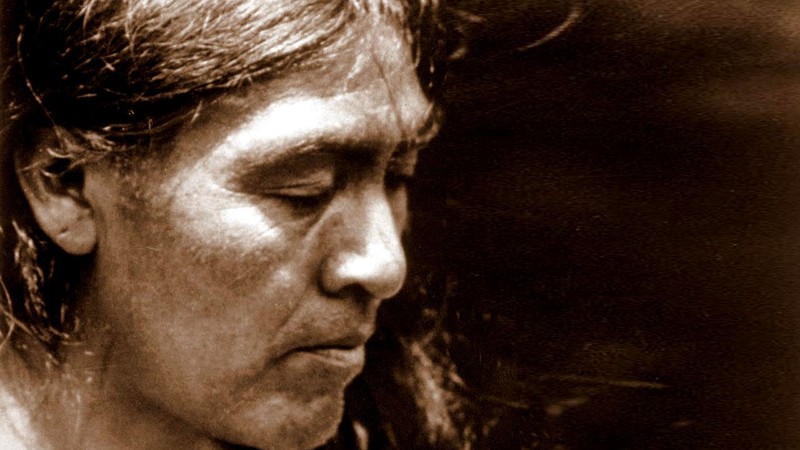
A statue of Ishi, the last of the Yahi, would serve to honor an Indigenous man who survived the brutalities of the pioneer era.
Take a look around California and it’s not hard to find compelling statues, from Walt Disney to Cesar Chavez to Magic Johnson. Still, that doesn’t mean that everyone who might deserve a statue has an appropriate one somewhere in the state.
Here, in alphabetical order, are nine people with connections to the Golden State, and one non-human, who might deserve a statue.
Julia Child
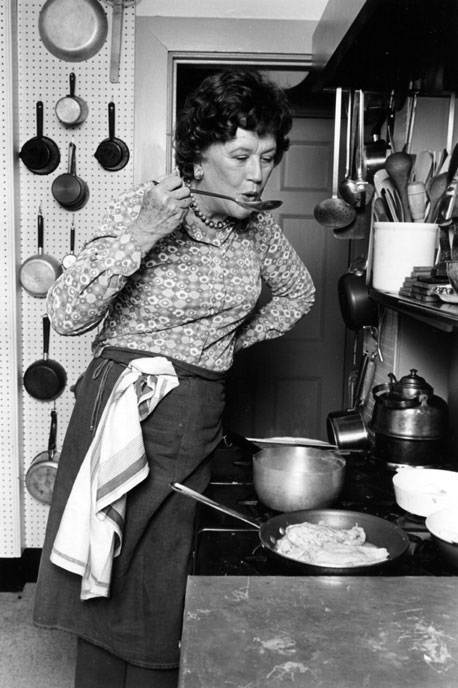
One of the first chefs to become famous with a mass audience, thanks to television, Julia Child grew up in Pasadena. Among her accomplishments, she helped popularize French cooking with American audiences and published many cookbooks.
Somehow, even though she died in 2004, a public statue doesn’t seem to exist of Child, save for a garish butter sculpture from 2016 found online. Getting a statue in the city Child grew up in, where her house still stands, would be the proper recipe for respect.
Nathaniel Colley Sr.
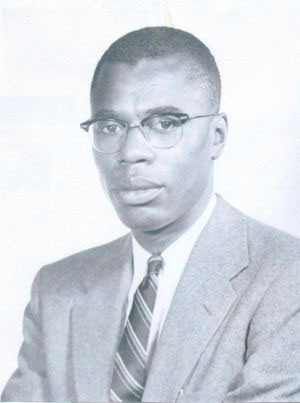
There has been a resurgence of interest in Sacramento in recent years for Nathaniel Colley Sr., a civil rights attorney who helped desegregate housing locally and died of brain cancer at 74 in 1992.
Mayor Darrell Steinberg mentioned Colley in a State of the City address. The Center for Sacramento History also won an award for its “Unlocking the Past” series of films about racism, which include a film about Colley’s efforts to help desegregate the New Helvetia public housing project in the 1950s. Colley also helped to get the United States Supreme Court to overturn Proposition 14, an initiative California voters approved in 1964 that allowed discriminatory house selling.
“I guess I’ve always known about the importance of his legacy, even while he was still alive and then more importantly, after,” Colley’s granddaughter Mazuri Colley recently told me in an article I wrote for the Sacramento Bee. “As the years go by, it sort of becomes bigger and bigger.”
Leola Havard
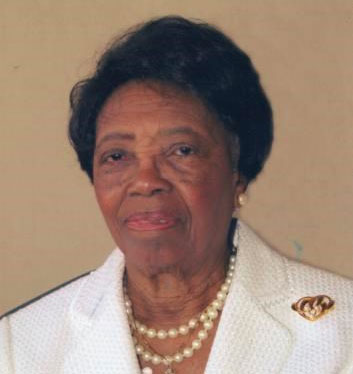
Cities in California have been erasing public honors in recent years to people with questionable views or actions.
An early example of this came in 2011 when Havard, the first African-American principal in the history of San Francisco, became the namesake of an educational center in a predominantly Black neighborhood there. Previously, the center had been named for Peter Burnett, California’s first governor and a notorious racist. Burnett’s accomplishments included passing a law while he was in Oregon that allowed for public floggings of freed Black people if they remained in that state.
Bill Hewlett & David Packard
Should a statue get erected these days of a tech visionary who’s done business in California, it’s likely to be someone like Facebook co-founder Mark Zuckerberg or Apple co-founder Steve Jobs. Hewlett and Packard paved the way for these men, though, co-founding Hewlett-Packard in a garage in 1939 with $538 initial investment.
Ishi
A historical landmark, The Last Yahi Indian, can be found in Oroville, Calif., marking where the man who was later dubbed Ishi was found on the side of a road in 1911. A more fully realized monument to Ishi would be a better way to honor this survivor of the violence inflicted on Indigenous people.
While he only lived a few years from his discovery before dying of tuberculosis, Ishi captured public imagination and remains an iconic name more than a century after his passing.
Robert Matsui
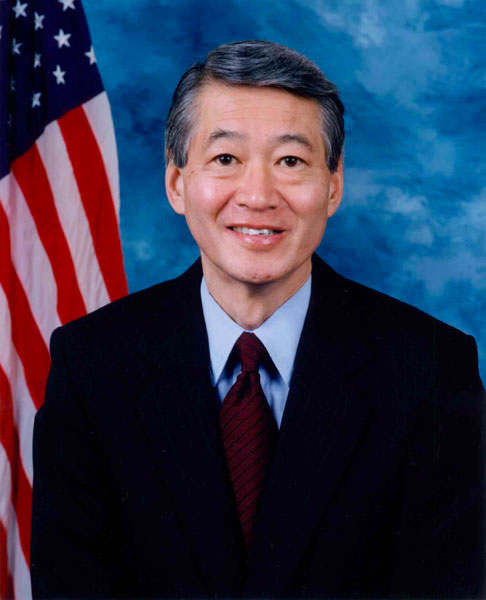 As California continues to debate paying cash or other reparations to African Americans for slavery, something might not be well-known: Reparations of sorts have been paid to Californians before.
As California continues to debate paying cash or other reparations to African Americans for slavery, something might not be well-known: Reparations of sorts have been paid to Californians before.
In 1988, Rep. Matsui, a longtime Sacramento-area Congressman, helped to pass the Civil Liberties Act of 1988, which led to the federal government formally apologizing for interning Japanese-Americans during World War II. The legislation also provided a one-time payment of $20,000 for more than 82,000 people.
Harvey Milk
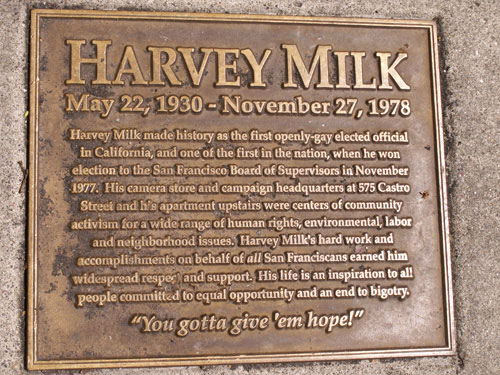
The first openly gay supervisor in San Francisco history, Harvey Milk has a bust at city hall there along with other leaders like Dianne Feinstein and Willie Brown. Something a little more prominent could be in order for Milk, who helped to defeat the homophobic Briggs Initiative shortly before his assassination in November 1978 and was an icon of the LGBT community.
Occident
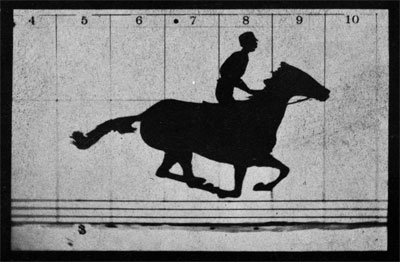
The introduction to this article mentioned that there was one non-human among this group. Occident, a horse, factored into a project commissioned by rail tycoon and Stanford University namesake Leland Stanford in the 1870s.
Stanford had wanted a picture of his favorite horse, Occident, and initially commissioned an English photographer named Eadweard Muybridge to take the steed’s photo in 1873. Muybridge shot another photo of Occident at a Sacramento track in 1877. Muybridge replicated the project six more times in 1878, with Occident and three other horses Stanford owned: Abe Edgington, Mahomet and Sallie Gardner, this time arranging multiple cameras and shooting between six and 12 frames each time.
The project helped settle the question of whether horses ever have all four legs in the air simultaneously when they run (they do) and is considered one of, if not the, first motion pictures. Occident, for his somewhat obscure but pioneering role in films, could make a fine statue subject.
Jesse Unruh
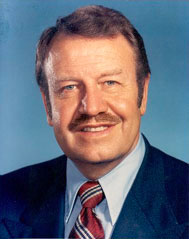 With term limits and less public tolerance in California for political corruption, there might never be another elected leader at the state level as powerful as Jesse Unruh, who was nicknamed Big Daddy. A longtime speaker of the California Assembly and later state treasurer, Unruh’s political accomplishments include drawing up a redistricting plan on the napkin of a Sacramento Chinese restaurant.
With term limits and less public tolerance in California for political corruption, there might never be another elected leader at the state level as powerful as Jesse Unruh, who was nicknamed Big Daddy. A longtime speaker of the California Assembly and later state treasurer, Unruh’s political accomplishments include drawing up a redistricting plan on the napkin of a Sacramento Chinese restaurant.
As treasurer, Unruh took a job that had long been seen as clerical and turned it into one of the most powerful positions in Sacramento. He essentially took over “the raising and expenditure of virtually all the state’s money and consolidated his influence over billions of dollars in public investments and pension funds.”
Article exploring songs, books, movies and other works from art and culture which feature our beautiful state.